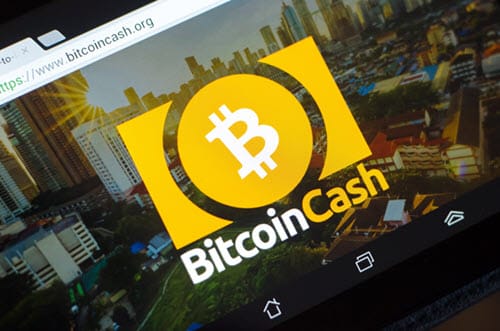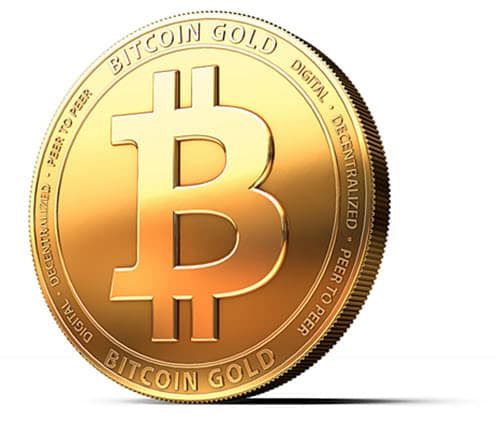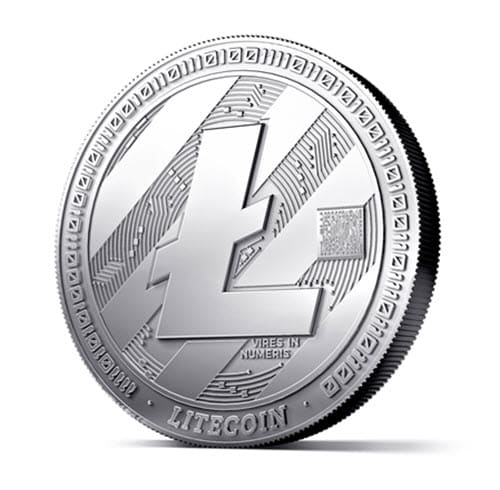The Bitcoin Cash and subsequent Bitcoin halving events are imminent.
In addition to miners having their returns 'halved' every four years, Bitcoin has also been 'forked' more than once.
Bitcoin, or BTC, is the first cryptocurrency to be developed and it was launched back in 2009.
Since then, it's grown hugely in value (and had a few huge dips as well) and the crypto has also developed a few so-called forks, or offshoots.
What is a Bitcoin fork?
A fork is basically a new set of rules for Bitcoin to follow. When a new rule is introduced to a crypto, the currency can choose which one to follow at a certain point, just like a person can decide which way to go when they reach a fork in a road.
Crypto forks are developed to allow for different types of transactions and buying opportunities and purposes, both for merchants and investors.
As Infochoice is all about saving and growing money, we'll look at what forks mean for investors.

What is the point of forks?
Once Bitcoin started to become more popular and more people started mining the crypto, the blockchain tech the currency is based upon slowed down. This slowdown made the system unreliable and also increased the size of transaction fees.
This slowdown led developers to come up with a solution that would grow in size and importance as more users mined, bought and sold it.
This solution is the forks.
The forks let developers use a different blockchain structure and experiment with it without changing the original product. The initial Bitcoin was developed to use 1MB blocks, but this proved to be limiting as the currency grew in popularity and proliferated.
What is a Bitcoin soft fork?
A soft fork is when there's a change to the Bitcoin protocol rather than a change to the end product. A soft fork is backward-compatible, whereas a hard fork isn't as the actual end-product is changed.
The new protocol in a soft fork can be recognised by older nodes within the BTC system and it still works to create BTC rather than Bitcoin Cash or Litecoin.
What is a Bitcoin hard fork?
Hard forks are new versions of BTC that are separate and different from the original version. Once the fork has happened, there are no compatibilities between the two, so no communications or transactions are possible. This change is also permanent.
In practice, someone running the older types of Bitcoin software won't be able to interact with someone using the newer software. Essentially, you have two different currencies, but you can't exchange them as you would with "real" currencies.
What is the difference between Bitcoin and Bitcoin Cash?

A fork is like a company that decides to split into two, with each part having its own specialisation and way of operating.
They started off as part of the same company but found that the newer part worked better if it did things differently and if it worked with different customers. You can think of Bitcoin Cash and Bitcoin Gold as these newer company offshoots.
The newer offshoots are separate, but they're still within the Bitcoin "family" , it's just that they operate differently and attract different uses and customers.
The biggest forks were Gold and Cash, but others have happened as well.
What is the Bitcoin Cash hard fork?
This fork happened on 1 August 2017 and it was developed to deal with the problems of lag and delayed transactions. Bitcoin Cash uses blocks that are 8MB rather than 1MB, which makes BTC Cash easier to scale up as more people and transactions interact with it.
The larger blocks of BTC Cash hold more data and speed up transactions instead of slowing them down as more people use the currency.
What is Bitcoin Gold?

The Bitcoin Gold hard fork occurred in October 2017 and it was developed to democratise Bitcoin mining. It enables users to mine using only basic graphic processors, rather than hardware developed just for BTC mining.
This hardware, known as application specific integrated circuits (ASICs), is quite expensive and so priced out many would-be miners, being available to only a few prolific service users. The developers wanted to get Bitcoin back to its decentralised and equitable roots.
In addition to these two main hard forks, there have been a flurry of other hard forks and experimenting within the Bitcoin system.
Other BTC hard forks
Bitcoin Diamond, which occurred on November 24 2017
Super Bitcoin, which occurred in December 2017
Bitcoin Atom, which occurred on January 24 2018
Bitcoin Core, which occurred on October 20 2017
Bitcoin God, which occurred on December 2017
Bitcoin Private, which occurred on February 28 2017
What is Litecoin?

Litecoin is another fork of Bitcoin that happened back in 2011. This currency was developed so that it didn't need as much processing power as BTC.
Litecoin is quicker to mine, taking only a quarter of the time as Bitcoin.
Will there be another Bitcoin Fork?
There haven't been any BTC forks for a couple of years now, but this drought may be coming to an end, according to industry experts. A few soft forks are thought to be in development and could well be in existence sometime later in 2020. Of course, this is all speculation at the moment and so it's best to wait and see.
This article is general news and information. This article is not financial advice.
The information contained on this web site is general in nature and does not take into account your personal situation. Do not interpret the listing order as an endorsement or recommendation from us. You should consider whether the information is appropriate to your needs, and where appropriate, seek professional advice from a financial adviser. If you or someone you know is in financial stress, contact the National Debt Helpline on 1800 007 007.
InfoChoice compares financial products from 145 banks, credit unions and other financial institutions in Australia. InfoChoice does not compare every product in the market. Some institutions may have a commercial partnership with InfoChoice. Rates are provided by partners and taken from financial institutions websites. We believe all information to be accurate on the date published. InfoChoice strives to update and keep information as accurate as possible.
